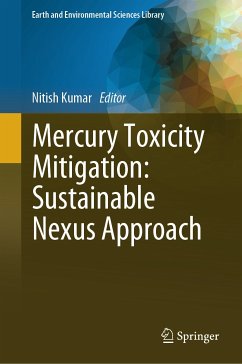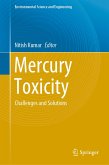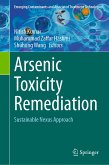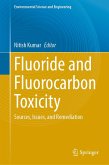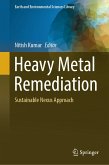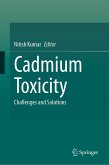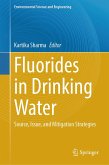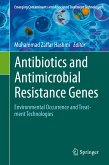This book will provide state-of-the-art information to the graduate students training in toxicology, risk assessors, researchers and medical providers at large. Many monographs, book chapters, contemporary reviews, and peer reviewed articles about mercury health impact are also available worldwide. However, there is no complete understanding available on toxicological studies of mercury, which covers the broader spectrum of findings that range from sources of exposure to mercury toxicity as well as its remediation strategies. It is aimed to bring the readers updated information about the sources of mercury contamination, and its impact on human health and on prospective mitigation strategies through multi-disciplinary approaches.
The book contains three sections. First section describes the different sources and distribution of mercury in the environment. Second section explains the health risks linked to mercury poisoning. Third section addresses sustainable mercury toxicity mitigation strategies through multi-disciplinary approaches.
The key topic of this book will cover following:
.Source and distribution of mercury in the environment
.Effects and responses of mercury toxicity in plants
. Health risk linked to mercury poisoning
. Sustainable mercury toxicity mitigation strategies
This book is a valuable resource to students, academics, researchers, and environmental professionals doing field work on mercury contamination throughout the world.
Dieser Download kann aus rechtlichen Gründen nur mit Rechnungsadresse in A, B, BG, CY, CZ, D, DK, EW, E, FIN, F, GR, HR, H, IRL, I, LT, L, LR, M, NL, PL, P, R, S, SLO, SK ausgeliefert werden.

